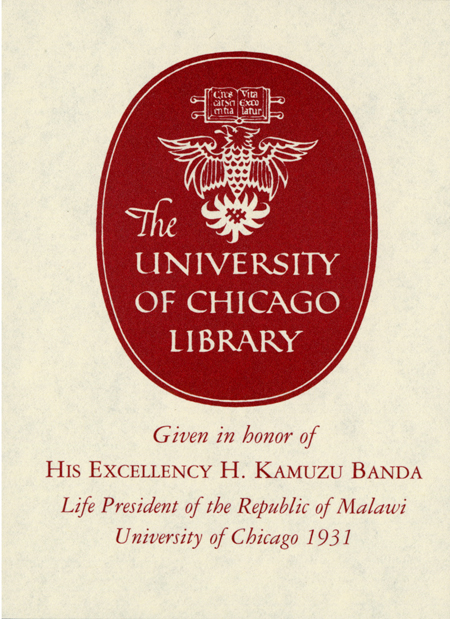Review by Booklist Review
Journalist Campbell takes the reader on a journey to the dark side of the glittering image of diamonds, a darkness too long out of sight of Euro-American consciousness. Campbell explores the significance of the diamond trade in Sierra Leone, the West African country formed by the British to reward African American slaves who fought for the Crown in the American Revolution. He recounts the horrors of this war-torn nation, with child-soldiers and deranged adults who have reportedly cut off the hands and elbows of innocents or even removed fetuses from pregnant women via machete. The underlying motivation for the violence and strife of Sierra Leone is centered in the diamond trade, much of it illegal smuggling sanctioned by the cartel DeBeers. The trade has earned the name "blood diamonds" and has financed conflicts and rebellions around the world, including the al-Qaeda network. Campbell notes that this same illegal diamond trading that has wrecked Sierra Leone may provide the basis for hope as the West is compelled to address the tragic circumstances of this war-torn nation. --Vernon Ford
From Booklist, Copyright (c) American Library Association. Used with permission.
Review by Library Journal Review
Freelance journalist Campbell here writes about the cost of diamonds not in dollars to the consumer but in blood, torture, and death for the unfortunate residents of contested mining areas in Sierra Leone. He explains that "conflict diamonds," or "blood diamonds," which account for only three to four percent of all diamonds sold, are mined in war zones, smuggled out of the country, and sold to legitimate companies, financing ruinous civil wars and the plots of international terrorists, including the al Qaeda network. The gems' value and portability have made controlling the diamond mines important to guerrilla fighters, who maim and kill innocent villagers to secure their territory. Campbell has spoken with individuals all along the pipeline, from miners to soldiers to smugglers, and the grim portrait he paints will make many people think twice about buying another diamond. While Matthew Hart's Diamond: A Journey to the Heart of an Obsession covered the international diamond trade more widely, this focused study of the catastrophic effect of blood diamonds on Sierra Leone belongs in all libraries. Deirdre Bray Root, Middletown P.L., OH (c) Copyright 2010. Library Journals LLC, a wholly owned subsidiary of Media Source, Inc. No redistribution permitted.
(c) Copyright Library Journals LLC, a wholly owned subsidiary of Media Source, Inc. No redistribution permitted.
Review by Kirkus Book Review
The sorry role the diamond has played in the history of Sierra Leone, stunningly told by journalist Campbell (The Road to Kosovo, 1999). Sierra Leone is "a vacuum of violence, poverty, warlords and misery, a tiny corner of western Africa where the wheels have fallen completely off," writes Campbell, its politics as raw and unrelenting as the natural environment. But the country has lots of diamonds: it's "diamondiferous." It was also home, until the beginning of this year, to a civil war, fueled by diamonds, wherein the Revolutionary United Front (RUF), which is neither revolutionary nor united, killed 75,000 people and mutilated another 20,000, turning 80% of the 5 million civilians into refugees. The war involved much murder, dismemberment, and gouging, and diamonds kept it going, gems destined to go not just to the De Beers consortium, but to Al Qaeda as well, a handy liquid asset that couldn't be frozen and travels well: "Three hundred grams of diamonds are equal in value to 40,000 pounds of iron ore, but only one of those commodities can be successfully smuggled in one's bowels." Campbell follows the murky trail of the gems from mine to mainstream as they're taken from grubby pits in the rainforest-mined by what can only be called slave labor-carried by mule to Liberia, The Gambia, and Guinea, thence to the great diamond centers in New York, Israel, and the Netherlands. Campbell travels the breadth of Sierra Leone to gather his story-a savvy blend of history, mercenary operations, corporate shenanigans, and war reporting-surely putting himself in as much danger as Doug Farah, the Washington Post reporter who uncovered the Al Qaeda connection and had to leave West Africa hastily. Readers of Campbell's horrific tale-from killing fields to corporate boardrooms and all the seedy, murderous, and pathetic characters that fall between-who don't demand proof-of-source on any diamond purchase ought to have their ethics examined. (10 b&w photographs)
Copyright (c) Kirkus Reviews, used with permission.
Review by Booklist Review
Review by Library Journal Review
Review by Kirkus Book Review

